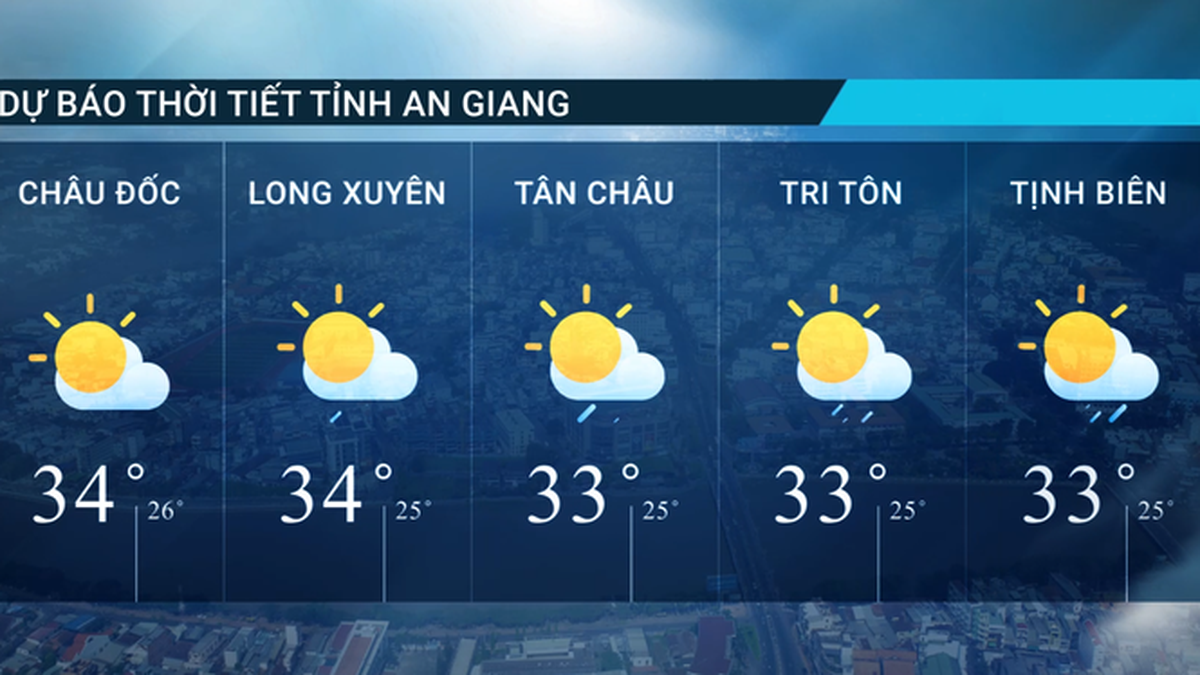You send a question to a chatbot, AI answers you in a flash. But few people know that even that thank you comes at a price… in electricity. A technology engineer has just launched a special tool to show: using AI is not free, at least for the environment.

Using AI isn't free, at least not for the environment.
Julien Delavande, an engineer at the popular AI platform Hugging Face, has developed a tool that can estimate the electricity consumption of each message you send to a chatbot. The idea came from curiosity about how much electricity we spend each time we interact with AI?
Every question, every thank you also "eats" electricity.
The new tool allows users to measure real-time power consumption of AI models like Meta's Llama 3.3 70B or Google's Gemma 3, through the open-source Chat UI interface.
For example, according to statistics from this tool, just having Llama 3.3 70B write a typical email will cost you about 0.1841 Watt-hours. That seemingly small number is equivalent to turning on the microwave for 0.12 seconds or using the toaster for 0.02 seconds.
Sounds insignificant? But when multiplied by millions, even billions of queries per day, the power consumption really becomes a problem that cannot be ignored.

Delavande Julien warns that even small changes like model choice can make a significant environmental difference.
The smarter AI is, the more the environment "complains"?
AI models run on GPUs and specialized processing chips, which require huge amounts of electricity to handle heavy computing tasks. As AI becomes more and more used in our lives, from writing content, writing poetry, programming, to scheduling and consulting, the risk of an explosion in electricity consumption is very real.
Delavande warns that even small changes like model choice or shortening answer length can make a significant environmental difference.
The tool goes beyond simply counting watt-hours to providing an easy-to-understand comparison of how much electricity each household appliance consumes. This transparency helps users better understand the “energy footprint” of AI.
“We want to promote transparency in the open source community,” Delavande shared with the team. “One day, AI energy consumption could be as public as the nutrition label on food.”
Ask AI also have to consider
As AI becomes a ubiquitous tool in everyday life, from education to business, its “hidden” environmental impacts are less noticeable. Choosing lightweight models, shortening queries, or even not using AI when not needed are practical actions to reduce both energy and environmental costs.
As it turns out, every conversation with an AI is not just a virtual interaction, but also a real “cost” – in electricity bills and carbon emissions. And Delavande’s tool is a gentle but thoughtful reminder for the AI age.
Source: https://vtcnews.vn/chat-voi-ai-ton-dien-nhu-bat-lo-vi-song-moi-cau-hoi-la-mot-hoa-don-dien-ngam-ar939688.html

































































































Comment (0)